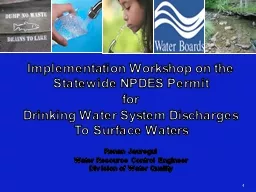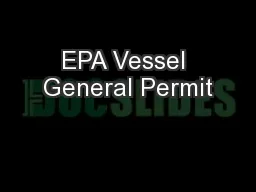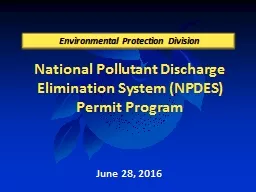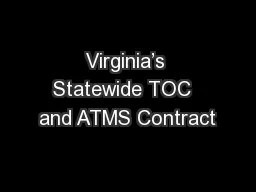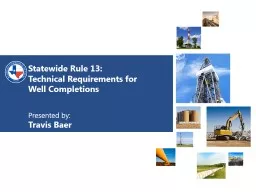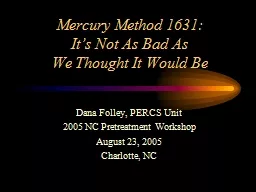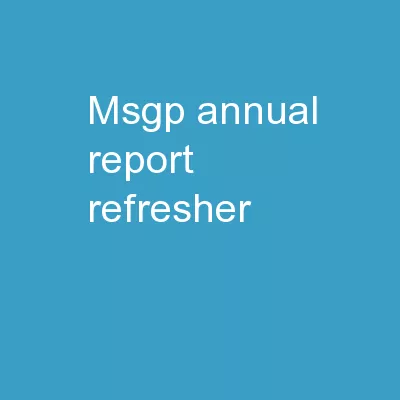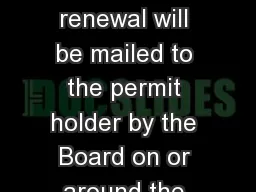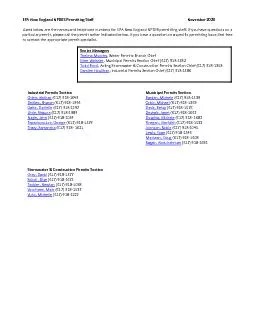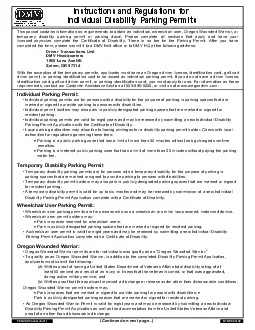PPT-Implementation Workshop on the Statewide NPDES Permit
Author : debby-jeon | Published Date : 2016-11-28
for Drinking Water System Discharges To Surface Waters Renan Jauregui Water Resource Control Engineer Division of Water Quality 1 DWS NPDES Permit Enrollment Who
Presentation Embed Code
Download Presentation
Download Presentation The PPT/PDF document "Implementation Workshop on the Statewide..." is the property of its rightful owner. Permission is granted to download and print the materials on this website for personal, non-commercial use only, and to display it on your personal computer provided you do not modify the materials and that you retain all copyright notices contained in the materials. By downloading content from our website, you accept the terms of this agreement.
Implementation Workshop on the Statewide NPDES Permit: Transcript
Download Rules Of Document
"Implementation Workshop on the Statewide NPDES Permit"The content belongs to its owner. You may download and print it for personal use, without modification, and keep all copyright notices. By downloading, you agree to these terms.
Related Documents

